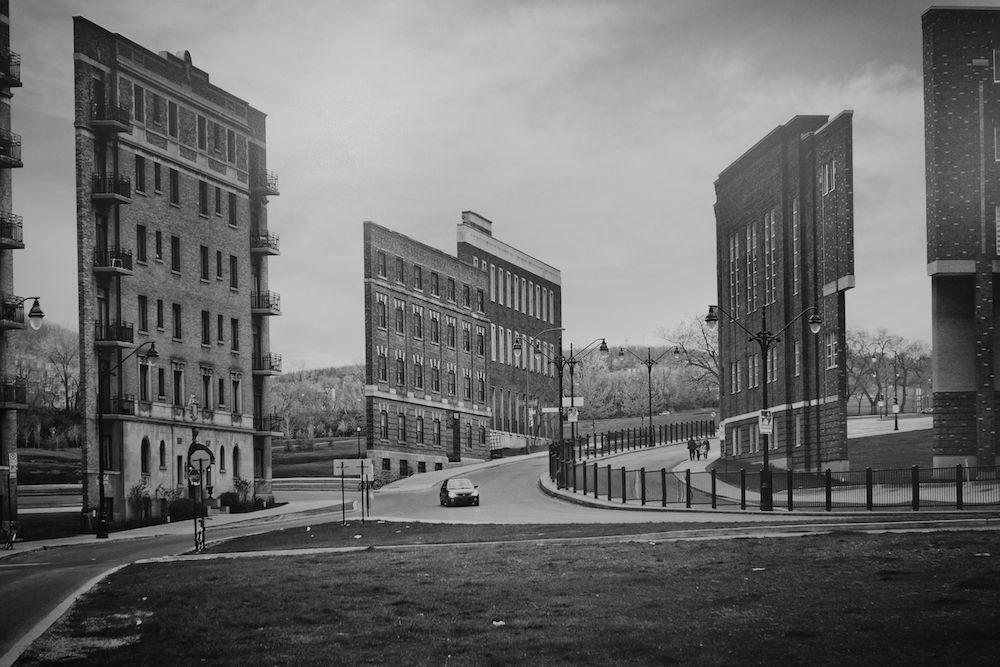Introduction
In the realm of decision-making, the human mind can be susceptible to cognitive biases and mental models that impact our judgment. One intriguing mental model is the ‘Potemkin Village,’ derived from an elaborate facade created by Grigory Potemkin in 18th-century Russia to impress Empress Catherine II. This model refers to the creation of an illusory front, concealing the true nature of a situation. Understanding the Potemkin Village mental model is crucial as it reveals how our psychology can lead us astray and hinder sound decision-making.
Defining the ‘Potemkin Village’ Mental Model and Its Relevance
The ‘Potemkin Village’ mental model involves creating a deceptive appearance or facade that masks underlying realities. It is relevant in decision-making as it highlights the impact of surface-level impressions on our perceptions and choices. By understanding this mental model, we can recognize when we are being presented with false or misleading information and avoid making decisions based solely on superficial appearances.
Anchored in Human Psychology and Prevalence in Daily Life
The ‘Potemkin Village’ mental model finds its roots in human psychology and manifests in various aspects of our lives. Let’s explore three distinct examples that demonstrate its occurrence in different contexts:
Personal Life Decisions: Sarah, a job seeker, is impressed by a company’s glossy website and positive online reviews. However, behind the facade, the company may have poor working conditions and high employee turnover. By solely relying on surface-level information, Sarah may make a decision that is contrary to her best interests.
Business Scenarios: In the business world, companies may create a false image of success and stability through carefully crafted financial reports and marketing strategies. However, beneath the surface, the company may be struggling financially or facing internal challenges. Investors and stakeholders who are swayed by the Potemkin Village may make irrational decisions based on the illusion, neglecting to consider the true health of the organization.
Public Policy-Making: Governments sometimes employ the Potemkin Village strategy by showcasing a few well-maintained areas or infrastructure projects to create an illusion of progress and prosperity. However, these superficial showcases may hide underlying social or economic issues that need attention. Citizens who fall prey to this fallacy may support policies that do not address the root problems.
Mental Biases and Psychological Underpinnings
Several cognitive biases contribute to the Potemkin Village mental model, influencing our decision-making process:
Confirmation Bias: The tendency to seek and interpret information that confirms pre-existing beliefs can reinforce the Potemkin Village illusion. Individuals may selectively focus on evidence that supports the desired impression, disregarding contradictory information that challenges the facade.
Halo Effect: The Halo Effect occurs when our overall impression of a person, organization, or situation influences our perception of specific attributes or qualities. A positive impression created by the Potemkin Village can lead to a biased evaluation of other aspects, distorting our judgment.
Anchoring Bias: Anchoring bias refers to our tendency to rely heavily on the first piece of information encountered when making decisions. When presented with a Potemkin Village facade, the initial positive impression can serve as an anchor, affecting subsequent assessments and leading to skewed decision-making.
Identifying and Avoiding the ‘Potemkin Village’ Trap
To avoid succumbing to the Potemkin Village mental model, it is essential to adopt a critical and analytical approach to decision-making. Here are practical strategies to consider:
Seek Multiple Perspectives: Gather information from diverse sources, including both positive and critical viewpoints. Engage in active dialogue and encourage dissenting opinions to gain a well-rounded understanding of the situation.
Look Beyond Surface-Level Indicators: Scrutinize the underlying data, facts, and evidence rather than relying solely on appearances. Look for transparency and consistency in information presented, considering both the positive and negative aspects.
Conduct Due Diligence: Conduct thorough research and analysis to uncover any discrepancies or hidden realities. Verify claims, evaluate track records, and seek independent assessments to obtain a comprehensive picture.
Develop Critical Thinking Skills: Cultivate critical thinking abilities by questioning assumptions, examining biases, and evaluating evidence. Enhance your analytical skills to detect inconsistencies and identify potential Potemkin Village scenarios.
Conclusion
The ‘Potemkin Village’ mental model serves as a reminder of the deceptive power of illusions in decision-making. By understanding the psychological underpinnings of this bias and its prevalence in various contexts, we can avoid making irrational choices based solely on superficial appearances. Remaining vigilant, seeking diverse perspectives, and conducting thorough research are key to navigating the Potemkin Village trap successfully. With awareness and active avoidance of this mental trap, we can make more informed and objective decisions, leading to better outcomes.
